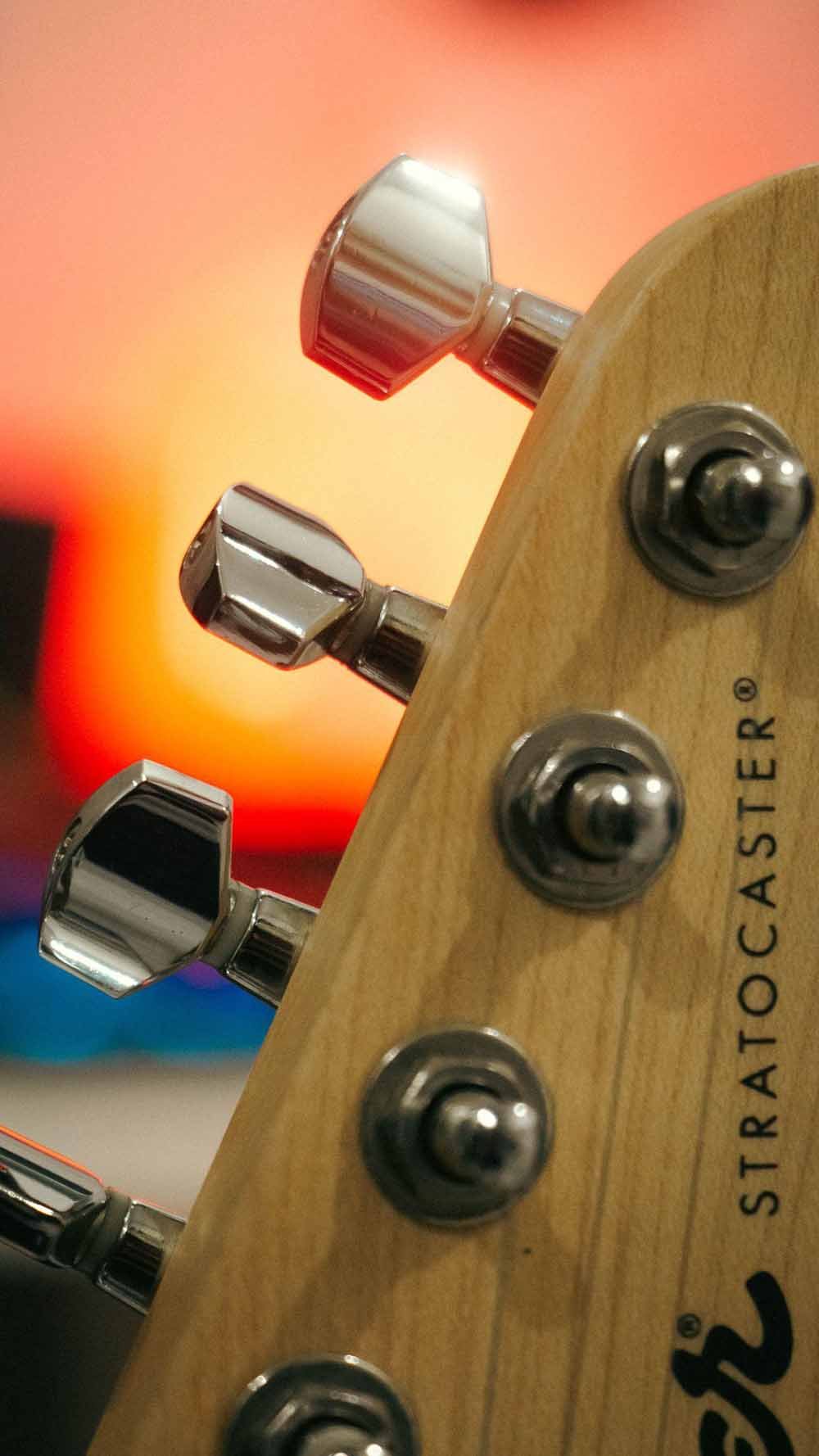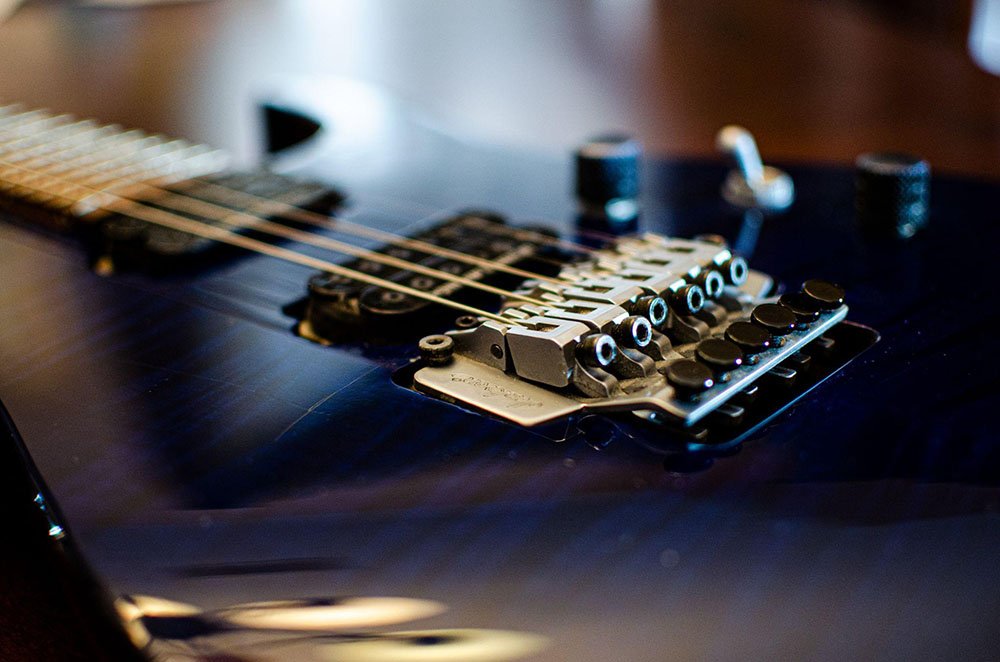The Tune-O-Matic bridge is an indispensable component of any Gibson guitar, serving as the linchpin for achieving impeccable intonation and action. This article will walk you through the steps of installing a Tune-O-Matic bridge on your prized Gibson instrument. You’ll unlock the full potential of your guitar’s sound capabilities by meticulously addressing each aspect of this process.
Understanding the nuances of guitar parts, particularly the guitar bridge, is pivotal for any dedicated guitarist. The Tune-O-Matic bridge parts are engineered with precision, ensuring that they harmonize seamlessly with the Gibson legacy. We’ll take the time to modify everything from bridge height to tailpiece alignment.
Here we will also discuss the significance of preserving the bridge’s curvature, a critical element that can have a huge impact on your playing experience. In conclusion, your Gibson guitar will not only be perfectly tuned, but it will also resonate with a tonal richness that reflects its actual potential. Remember that a properly adjusted Tune-O-Matic bridge is the doorway to a guitar’s genuine sound.
Tools and Materials Needed
Before embarking on this musical journey, you must gather the following tools and supplies, as this is the canvas on which you’ll paint your aural masterpiece – “A Gibson guitar with a Tune-O-Matic bridge”. The following items will be essential for the task.
- Guitar tuner: This tool is the cornerstone of achieving perfect tuning for your guitar. It makes sure that the strings are at the correct pitch and that harmonious music is produced when you play the guitar.
- Screwdrivers and Allen Wrenches: These are required for altering the bridge height. When you fine-tune the bridge height, you can tailor the action of the strings, which means it will affect how easy or hard it is to play the strings. Hence, you can achieve a comfortable playability.
- String Winder: An invaluable tool for detuning and restringing your guitar, so when you change the strings for maintenance or explore various string gauges, the task is simplified. You save time and effort in this process.
- New String Set (Optional): Strings wear out after some time and need to be changed. Fresh strings can give your instrument a crisp and vibrant tone. It will breathe new life into the guitar sound.
- Ruler and measuring tape: A ruler or measuring tape ensures that your changes are precise. For the right height and intonation, a ruler and measuring tape are vital so you can make precise measurements.
- Guitar polish and cloth (optional): While not directly related to the functionality of the guitar, showing your appreciation for your devoted buddy for keeping it in pristine condition is important.
Step 1: Loosen the Strings

Begin by slowly detuning your guitar to relieve string stress. This can be sped up by using a string winder. If you’ve decided to replace the strings on your guitar, now is the time to do so.
Step 2: Adjusting Bridge Height
To fine-tune the action of your Gibson bridge, we’ll focus on the Tune-O-Matic bridge.

- Raising/Lowering the Bridge: Using a screwdriver or an Allen wrench (depending on the type of your guitar), crank the screws clockwise to raise or anticlockwise to lower the bridge. This step is critical to completing the intended activity.
- Maintaining Radius: It is vital that the bridge follow the curve of your guitar’s neck. It should follow the curvature of the fretboard.
Step 3: Setting Intonation
Perfect intonation is essential for a guitar that sings in tune across its whole range.

- Tune to Pitch: Use your trusty guitar tuner to bring each string up to pitch. This lays the groundwork for perfect intonation.
- Examine the 12th Fret Harmonic: Compare the fretted 12th fret note to the 12th fret harmonic. They should be perfectly in tune. Otherwise, proceed to the next step.
- Adjusting Saddle Position: Using a screwdriver, gently slide the saddles back and forth. A sharp 12th fret note necessitates a shift away from the neck, whereas a flat note necessitates a shift towards the neck.
Step 4: Tailpiece Adjustment

The tailpiece’s proper alignment ensures a harmonious union between strings and body.
- Check the Tailpiece Angle: Confirm that the guitar tailpiece maintains a parallel alignment with the body of the guitar. Adjust its angle by tightening or loosening the tailpiece screws.
- String Break Angle: Look at the strings as they pass through the tailpiece. They should be angled slightly towards the bridge. This fine intricacy leads to long-lasting resonance and improved tone quality..
Step 5: Fine-Tuning
- Check the Action: Now that your guitar has been set up, take it for a test drive. Play around with the strings to get a sense of how they feel. Make more bridge height modifications as needed to get your desired action.
- Optional polishing and cleaning: Show your guitar some affection. Cleanse and maintain the bridge and tailpiece with a specialized guitar polish and a soft cloth to keep them in top condition.
Final thoughts..
Setting up the bridge on your Gibson guitar is a transformative process that yields remarkable improvements in playability and tone. Armed with the right tools and a patient ear, you can fine-tune your instrument to align perfectly with your unique playing style.
For those in pursuit of the best Tune-O-Matic bridge, consider exploring reputable brands and models known for their quality and compatibility with Gibson guitars. Remember, if you ever feel unsure, seeking the assistance of a professional luthier is always a wise choice. Your guitar will thank you for it.
















